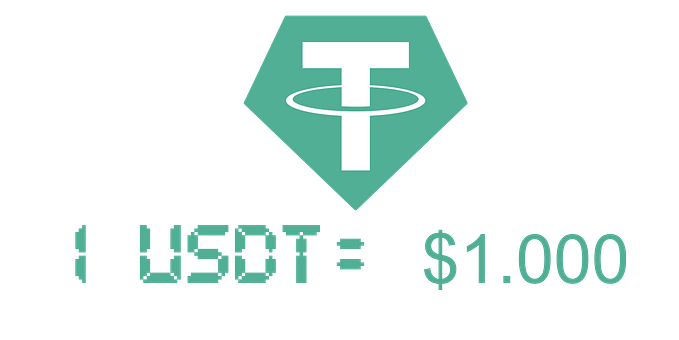RAMP DeFi
by William Godfrey, Stephanie Shen, and Jack Lodge
What
Ramp protocol is a Multi-chain DeFi lending platform. Deposit collateral assets for high yield. Borrow rUSD stablecoin against asset deposits. Transfer rUSD liquidity seamlessly across networks.
Selling point
- highest deposit yields and lowest borrowing fees (within Binance Smart Chain and Polygon.)
Term explanations
- Binance Smart Chain (BSC) is an Ethereum Virtual Machine-compatible blockchain.
- Polygon is a protocol and a framework for building and connecting Ethereum-compatible blockchain networks.
Why
Why Ramp?
The ramp has a few competitive advantages when comparing it to other lending platforms.
Yield Rates
- Users can deposit assets on blockchain ecosystems such as Polygon or Ethereum into Vaults on their protocol.
- The vaults are able to deploy assets into yield farming programs which they claim can generate APYs (Annual Percentage Yield) of over %400 for users.
Borrow Stablecoin liquidity
- What is a stablecoin? In crypto, it’s used to provide stability to the market. These coins may are usually backed up by gold or fiat currencies.
- While users are earning high yields, they are also able to extract more liquidity from these assets at the same time.
- On-Ramp, users can collateralize assets into rUSD. It can then be swapped into a token at low slippages on QuickSwap (Polygon), for example.
Multi Chain Liquidity Transfers
- The rUSD that has been minted can be transferred smoothly across supported networks. This means that assets can be staked on ecosystems such as Binance Smart Chain, rUSD is borrowed and sent over to Polygon, and new tokens can be purchased on QuickSwap.
How
Users can use digital assets to mint rUSD. Therefore their assets continue to produce high yields for them, and they get to unlock liquidity at the same time.
The platform makes money by charging performance fees and interest rates. And because the yield generated always exceeds the fees and interest paid, users will continue to grow their earnings faster than their interest fees.
RAMP V2 Vault
5 core modules
- Collateral Market
- Minter
- Governor
- Bridge
- Keeper
Paper
Anti-Money Laundering in Bitcoin: Experimenting with Graph
Convolutional Networks for Financial Forensics
Why is this relevant?
- Stablecoins are particularly susceptible to money laundering schemes as they are generally directly tied to a fiat currency (according to the financial action task force), Ramp Defi makes use of their own stable coin (rUSD).
- Anti Money Laundering (AML) methodologies can be augmented via the use of machine learning and artificial intelligence — currently the industry standard is 90% false positive.
How to do it?
Use graph convolutional networks to detect money laundering.
- Graph convolutional networks are useful for non-euclidean (n-dimensional) data. This advantage is achieved by multiplying data from input neurons with weights known as filters or kernels. CGNNs are primarily used in image processing and classification as these ‘filters’ can process several pixels at once. The same principle is applied when using CGNNs in other applications, such that multiple variables may be taken into account in the same kernel.
- In this case, the variables are the Bitcoin transactions (nodes), directed payment flows (edges) and 166 node features. A CGNN is able to process these features in clusters rather than individually, one benefit of this is that it allows the model to observe relationships between linked data (think back to the pixel cluster example, observing a cluster of pixels is more useful in classification than observing one pixel of an image).
Graph construction
- Nodes represent transactions, and the edges represent the flow of Bitcoin currency (BTC) going from one transaction to the next one.
- Each node has associated 166 features: the first 94 features represent local information about the transaction( e.g. timestamp, transaction fee); the remaining 72 aggregated features.
Results
- Best model: Random forest using all features and graph convoluted features.
- The paper found that Random Forest (network of decision trees) algorithms are good for accuracy and Logistic Regression (distance of prediction from trendline) for explainability — random forest in conjunction with graph convolutional networks is ideal.
Implementation and Suggestions
Ramp could essentially train a similar model for their purposes and plug their own data directly into it for regular auditing.
Natural Language Processing could also be combined with this process as well as other transactional data. Would be looking for anomalies in the data to identify suspicious activity.










